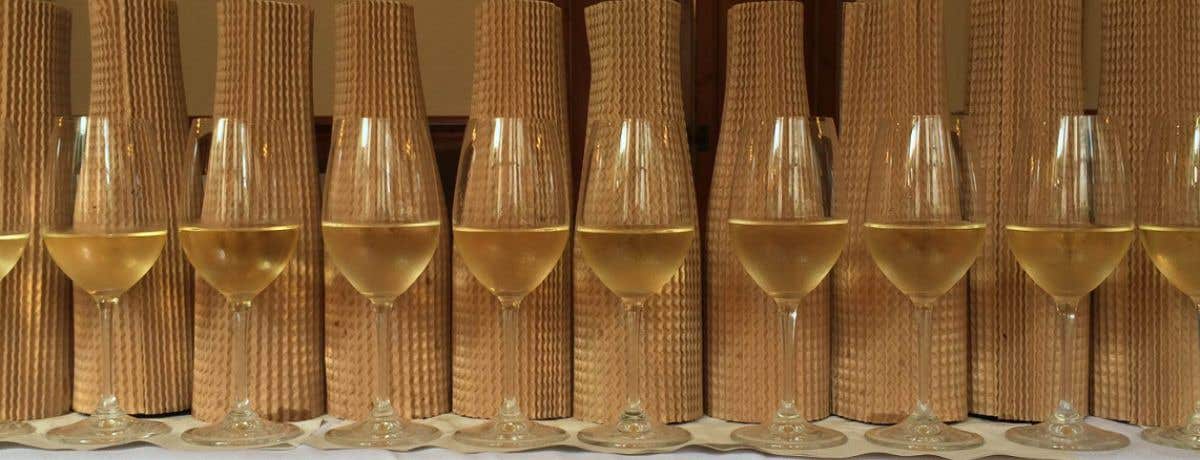Organise your own wine tasting
Last updated: 3 July 2019
We are very grateful to Neel Burton and James Flewellen for allowing us to reproduce appendix A from their book The Concise Guide to Wine & Blind Tasting, a review for which you can read here.
Materials
- Six to twelve different wines
- Standardized unmarked bottles or receptacles in which to decant the wines (or bottle sleeves with which to mask the original wine bottles)
- A corkscrew
- A funnel
- Metal foil wine pourers
- ISO wine tasting glasses, one per wine in each flight
- Spittoons
- Tasting sheets
- Crib sheets
- Some spare pens
NB: Tasting sheets and crib sheets can be downloaded from the Oxford Wine Academy resources page.
Method
A typical blind tasting involves six to twelve different wines. The wines ought to be decanted into standardized unmarked bottles or receptacles. This is preferable to using bottle sleeves, which betray the shapes of the original bottles. In the absence of unmarked receptacles and bottle sleeves, the guests need to leave the room while the wine is poured into their glasses, which is quite a palaver.
It is important to pour the right amount of wine into the glass: too little and it is difficult to smell and taste all the components; too much and the wine cannot breathe in the glass. A finger’s breadth is a good rule of thumb (no pun intended). At most, a bottle of wine can serve 18-20 portions, which equates to ~40cl per portion. Ideally, white, rosé, and sparkling wines ought to be served at 8-10 °C (46-50 °F) and red wines at 14-18 °C (57-64 °F), even if the wines will quickly warm up in the glass.
If there are twelve different wines, they may be presented in two flights of six, typically a flight of white wines followed by a flight of red wines. This has a number of advantages, including dividing up the evening and limiting the number of glasses required to just six per person. If there are six wines, they can be presented as a flight of six or two flights of three, and so on. The wines within a flight may or may not have a common theme, for example, grape variety, country or region of origin, or vintage. Remind guests that they need not progress systematically from the first to the last wine in the flight; encourage them instead to start with the lightest wine in the flight and work their way up to the heaviest wine, which, if tasted first, could interfere with their ability to taste the lighter wines.
Each wine calls for five to ten minutes of analysis and ten minutes of discussion. So if there are, for example, six wines presented in two flights of three, allocate thirty minutes for assessing the first flight, thirty minutes for discussing the first flight, thirty minutes for assessing the second flight, and thirty minutes for discussing the second flight. Don’t be too rigid about time allocation: if everyone has stopped writing, move on to discussing the wines.
Wine is also about bringing people together, so remember to make time for guests to socialize. If at all possible, sit everyone around a single table: this is more convivial and also facilitates the discussion of the wines. Sit beginners next to more experienced tasters who can encourage and guide them through the tasting process described in Chapter 4 of the Concise Guide to Wine and Blind Tasting. Some people prefer to assess the wines in silence, but complete silence can be intimidating to beginners and restricting to more gregarious or talkative types.
Upon discussing a wine, it is customary to call for one or two tasting notes before taking guesses and opening up the table to a more open- ended discussion of the wine. Once the discussion has been exhausted, the identity of the wine can be revealed. In some cases, particularly if there is a common theme to the flight, it may be more politic to delay the guessing and/or revealing until all the wines in the flight have been discussed. With the tasting at a close, consider asking the guests to dinner with whatever remains of the wines.